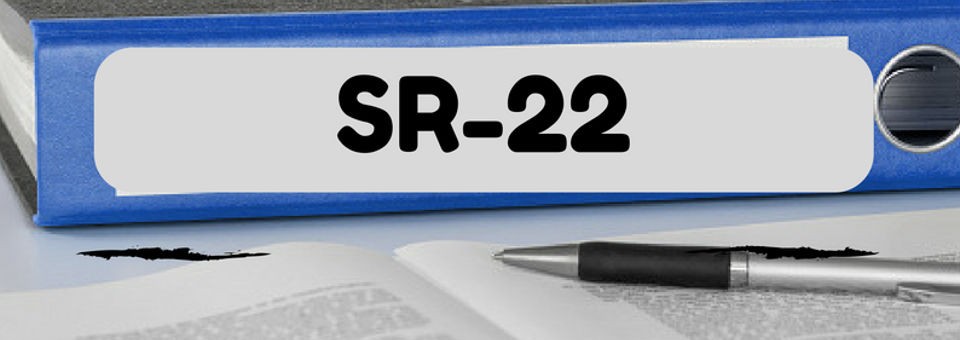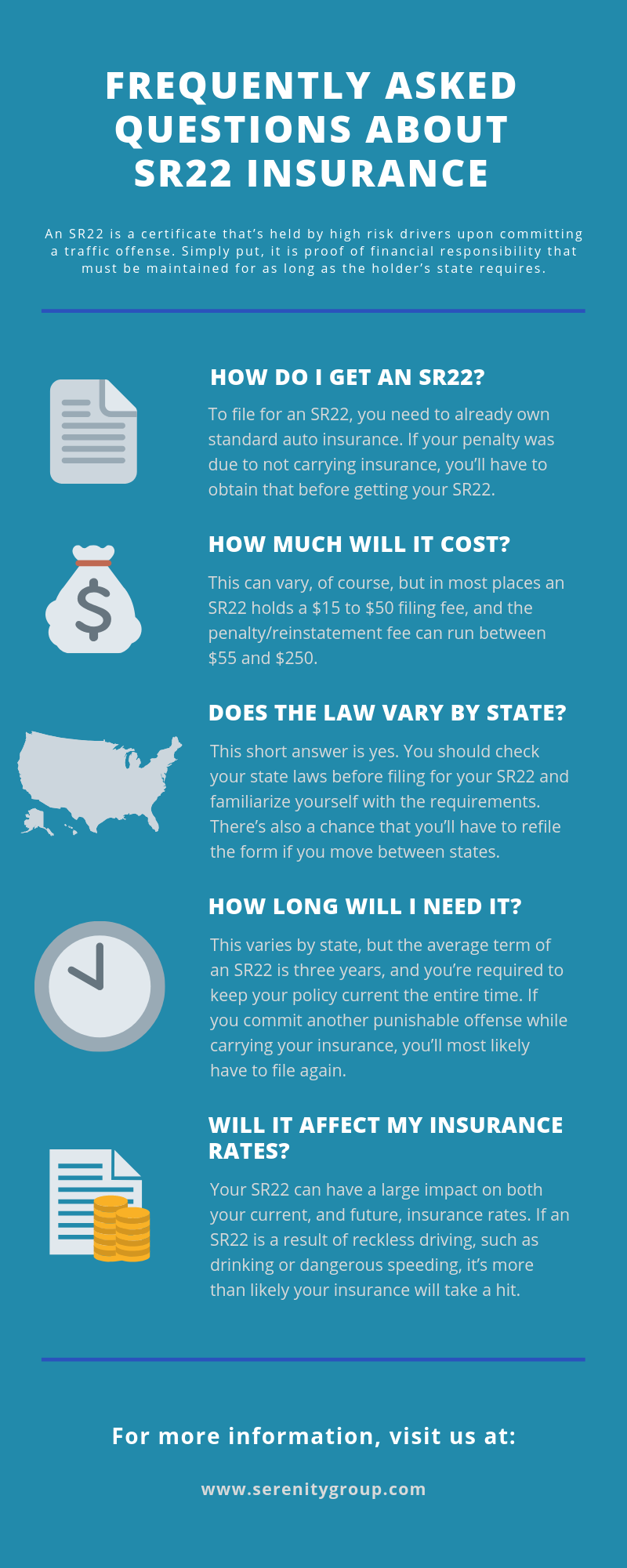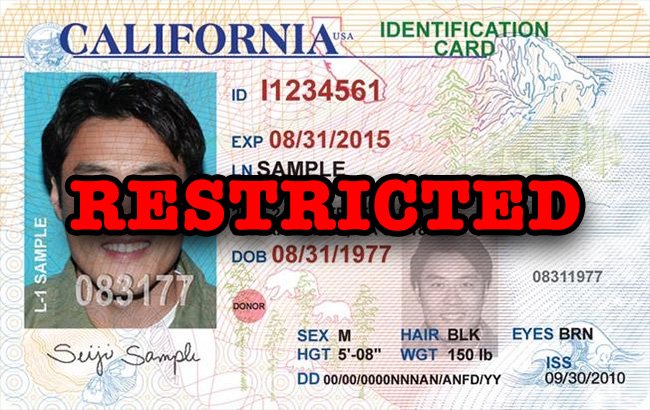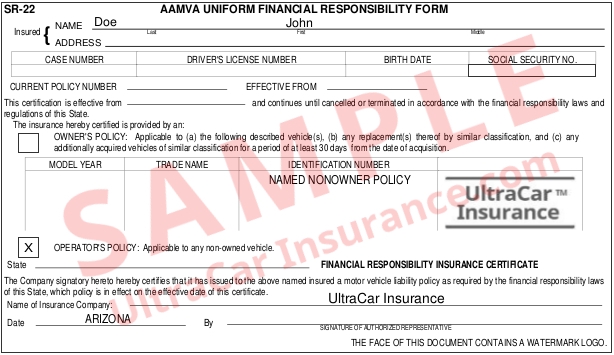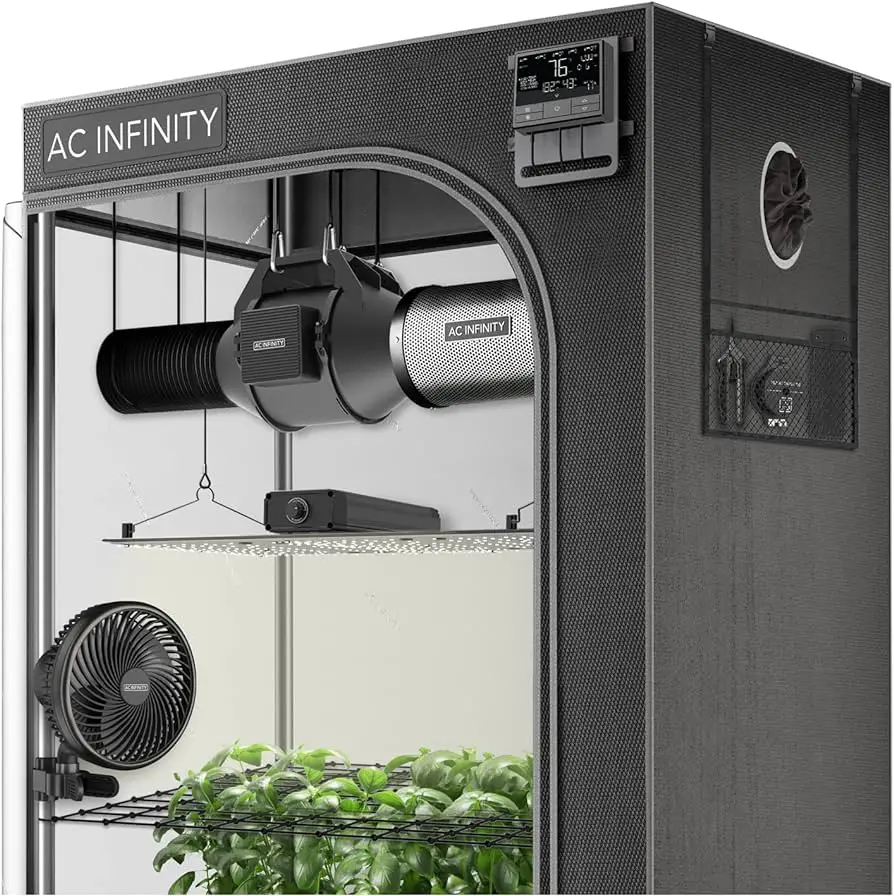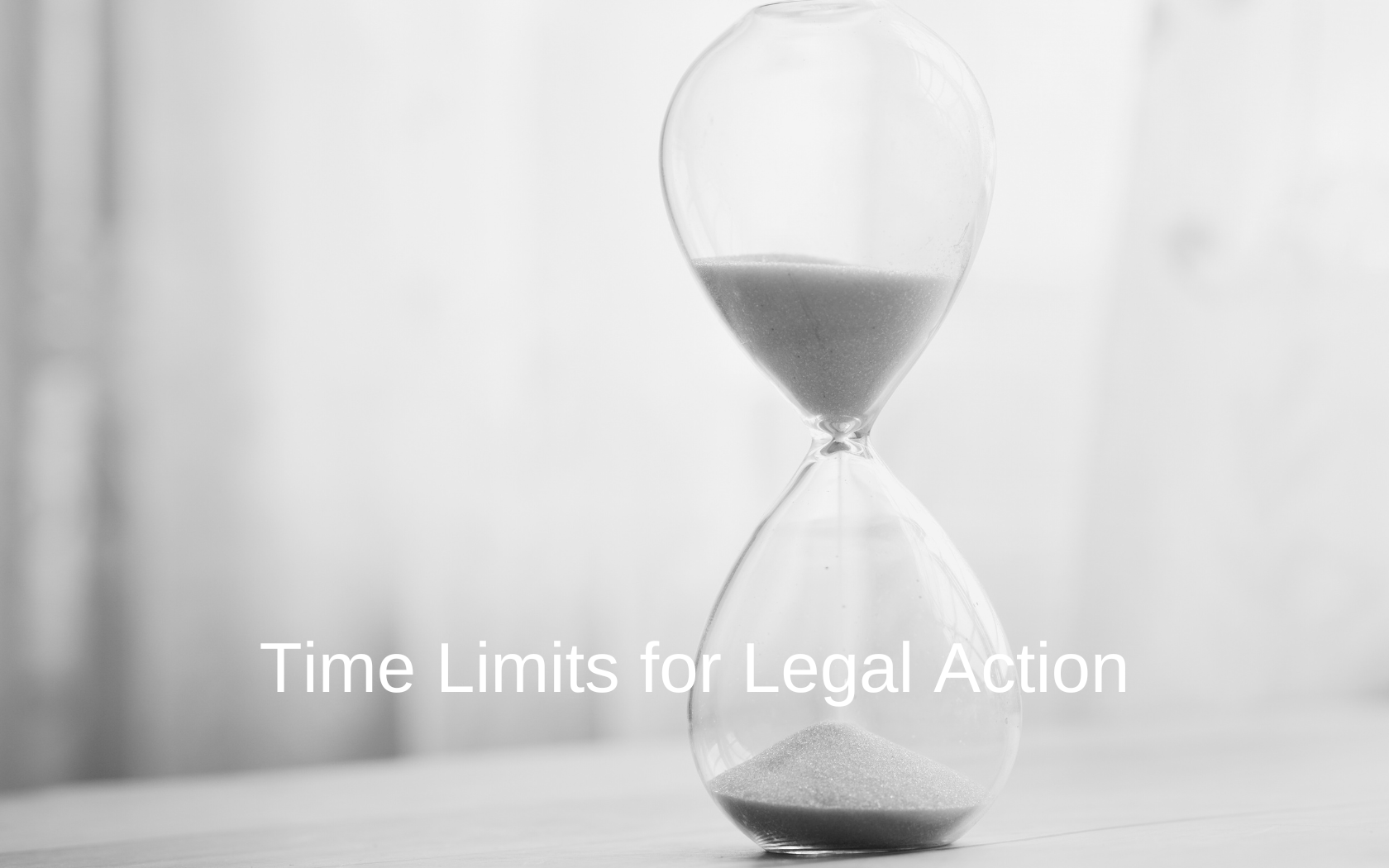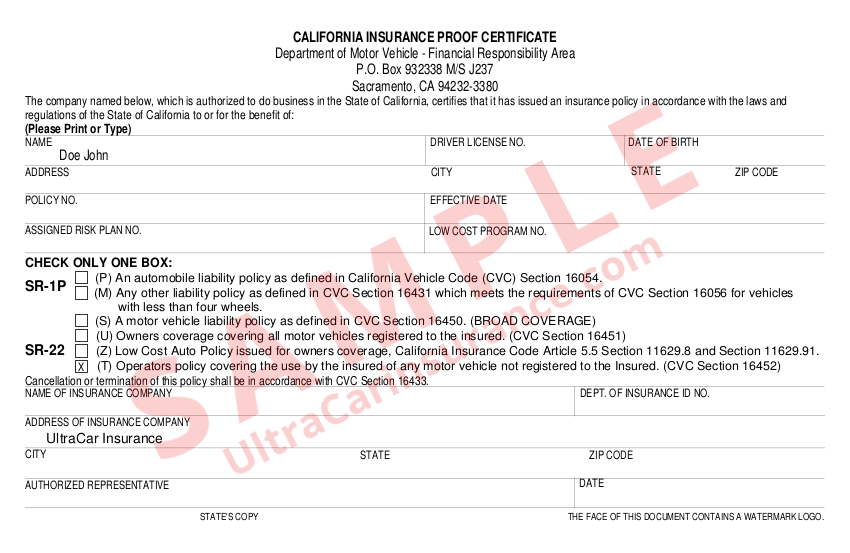How Long Do You Have To Have Sr22 In Iowa

Imagine cruising down a sun-drenched Iowa highway, windows down, the cornfields blurring into a sea of green. The freedom of the open road is a cherished American experience, but it comes with responsibilities. What happens when life throws a curveball, leading to a suspended license and the need for SR-22 insurance? How long will that shadow hang over your drive?
The question of "How long do I need an SR-22 in Iowa?" is a common one for drivers navigating the complexities of license reinstatement. Generally, Iowa requires drivers to maintain SR-22 insurance coverage for a period of three years, but this can vary based on the specific circumstances that led to the requirement.
Understanding SR-22 in Iowa
First, let's clarify what an SR-22 actually is. It's not insurance itself, but rather a certificate of financial responsibility filed by your insurance company with the Iowa Department of Transportation (DOT). This certificate proves you carry the minimum required auto insurance coverage in the state.
An SR-22 is typically required after license suspensions related to serious traffic violations, such as DUI/OWI convictions, driving without insurance, or accumulating too many points on your driving record. It signals to the state that you are taking steps to be a responsible driver.
The Three-Year Rule: The Typical Duration
The most common timeframe for maintaining an SR-22 in Iowa is three years. This period begins after your license suspension has ended and you've met all other reinstatement requirements, such as paying fines or completing required programs.
It’s important to note that continuous coverage is key. Any lapse in your insurance policy during the SR-22 period will be reported to the Iowa DOT, and your license could be suspended again.
Exceptions and Extensions: When Three Years Isn't Enough
While three years is the standard, there are situations where you might need an SR-22 for a longer period. For instance, repeat offenses or particularly egregious violations could result in an extended requirement.
Furthermore, if you fail to maintain continuous coverage, the clock essentially resets. You'll be required to restart the SR-22 period from the date you reinstate your insurance.
Contacting the Iowa DOT directly is crucial to understand your specific requirements and ensure compliance. They can provide accurate information based on your individual driving record and the reason for the SR-22 requirement.
Reinstating Your License: A Step-by-Step Approach
Reinstating your license after a suspension involves more than just obtaining an SR-22. You'll also need to satisfy any other requirements imposed by the court or the Iowa DOT.
This might include paying reinstatement fees, completing substance abuse evaluations or treatment programs, and passing driving tests. Addressing these requirements promptly and thoroughly can streamline the reinstatement process.
Staying informed, maintaining continuous insurance coverage, and fulfilling all obligations are essential for a smooth transition back to legal driving privileges.
Looking Ahead: Driving Responsibly
Navigating the SR-22 requirement can feel like a hurdle, but it's also an opportunity. It's a chance to reflect on driving habits and commit to safer practices on the road.
By prioritizing responsible driving, staying informed about traffic laws, and maintaining continuous insurance coverage, you can ensure a future of safe and legal driving in Iowa. Remember, the open road is best enjoyed with a clear conscience and a valid license.
